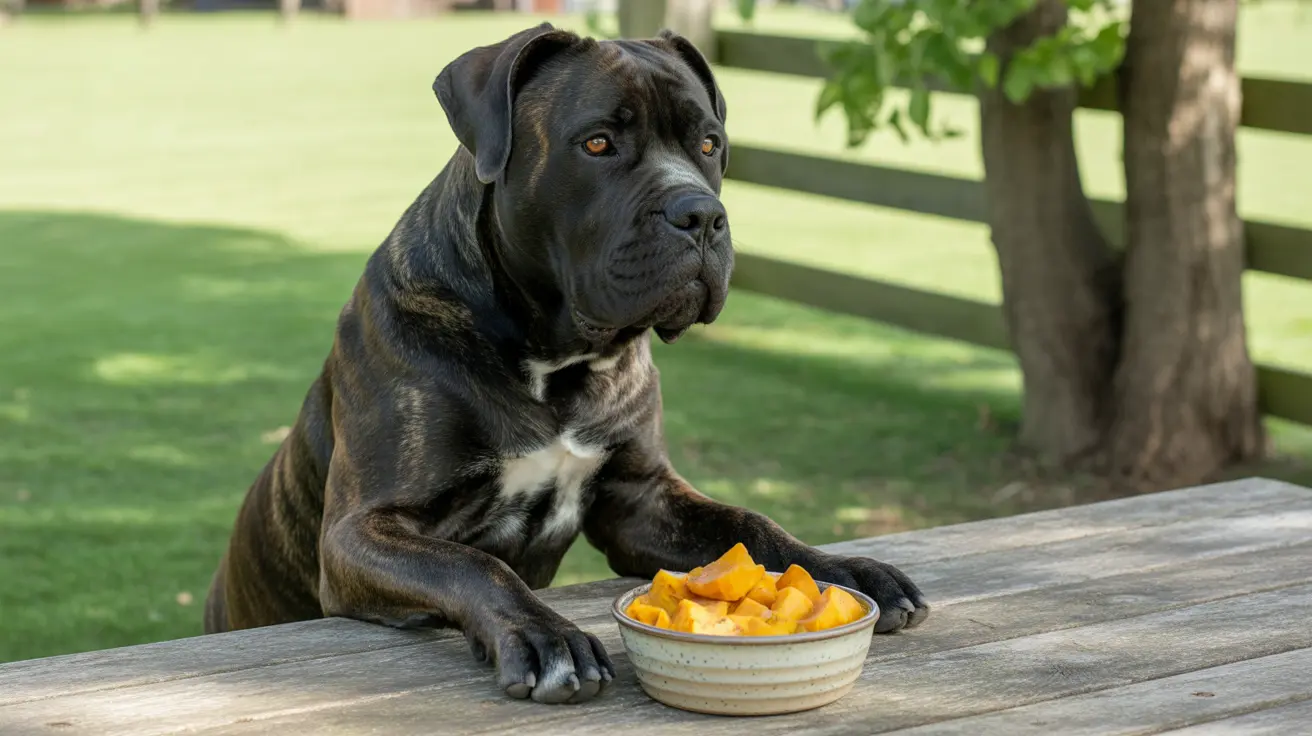If you're wondering whether rutabaga is safe for your furry friend, you'll be pleased to know that this nutritious root vegetable can be a healthy addition to your dog's diet. As a member of the Brassica family, rutabaga (also known as swede or Swedish turnip) offers numerous health benefits when prepared and served correctly.
In this comprehensive guide, we'll explore everything you need to know about feeding rutabaga to your dog, including its nutritional benefits, proper preparation methods, and important safety considerations.
Nutritional Benefits of Rutabaga for Dogs
Rutabagas pack an impressive nutritional punch that can contribute to your dog's overall health:
- Vitamin C for immune system support and skin health
- Vitamin K for proper blood clotting and bone strength
- Vitamin E to combat oxidative stress
- Essential minerals including potassium, manganese, and zinc
- Dietary fiber for digestive health
- Low-calorie content, making it ideal for weight management
Safe Preparation Methods
Cooking vs. Raw: Making the Right Choice
While both raw and cooked rutabaga are safe for dogs, cooking offers several advantages:
- Improved digestibility
- Reduced choking risk
- Softer texture for senior dogs
- Better nutrient absorption
Proper Preparation Steps
- Thoroughly wash the rutabaga
- Peel the outer skin
- Cut into small, bite-sized pieces
- Steam, boil, or roast without seasonings
- Allow to cool before serving
Serving Size Guidelines
Moderation is key when feeding rutabaga to your dog. Follow these portion guidelines:
- Small dogs: 1-2 small pieces
- Medium dogs: 2-3 medium pieces
- Large dogs: 3-4 larger pieces
Never exceed 10% of your dog's daily caloric intake with treats, including rutabaga.
Potential Risks and Warning Signs
While rutabaga is generally safe, be aware of these potential issues:
- Digestive upset if introduced too quickly
- Choking hazards from pieces that are too large
- Possible allergic reactions in sensitive dogs
- Gas or bloating from excessive consumption
Best Practices for Introduction
Follow these steps when introducing rutabaga to your dog's diet:
- Start with a tiny amount
- Monitor for any adverse reactions
- Gradually increase portion size if well-tolerated
- Maintain consistent serving sizes
- Always serve plain, without seasonings or oils
Frequently Asked Questions
Can dogs safely eat rutabaga, and what are the health benefits?
Yes, dogs can safely eat rutabaga. It provides essential vitamins (C, K, E), minerals, and fiber while being low in calories. The vegetable supports immune health, digestion, and overall wellness when fed in moderation.
How should rutabaga be prepared before feeding it to my dog?
Wash the rutabaga thoroughly, peel it, and cut it into appropriate bite-sized pieces. Cook it by steaming, boiling, or roasting without any seasonings, oils, or additives. Allow it to cool completely before serving.
What is the recommended serving size of rutabaga for dogs of different sizes?
Small dogs should receive 1-2 small pieces, medium dogs 2-3 medium pieces, and large dogs 3-4 larger pieces. Never exceed 10% of their daily caloric intake from treats, including rutabaga.
Are there any risks or side effects I should watch for when feeding my dog rutabaga?
Monitor for signs of digestive upset, such as gas, bloating, or diarrhea. Watch for allergic reactions like itching or vomiting. Ensure pieces aren't too large to prevent choking, and introduce the vegetable gradually.
Is it better to feed my dog raw or cooked rutabaga, and why?
Cooked rutabaga is generally better because it's easier to digest, poses less choking risk, and allows for better nutrient absorption. However, both raw and cooked forms are safe when properly prepared and sized appropriately.
When fed properly, rutabaga can be a nutritious addition to your dog's diet. Always consult with your veterinarian before introducing any new food, and remember that treats should complement, not replace, a balanced dog food diet.






